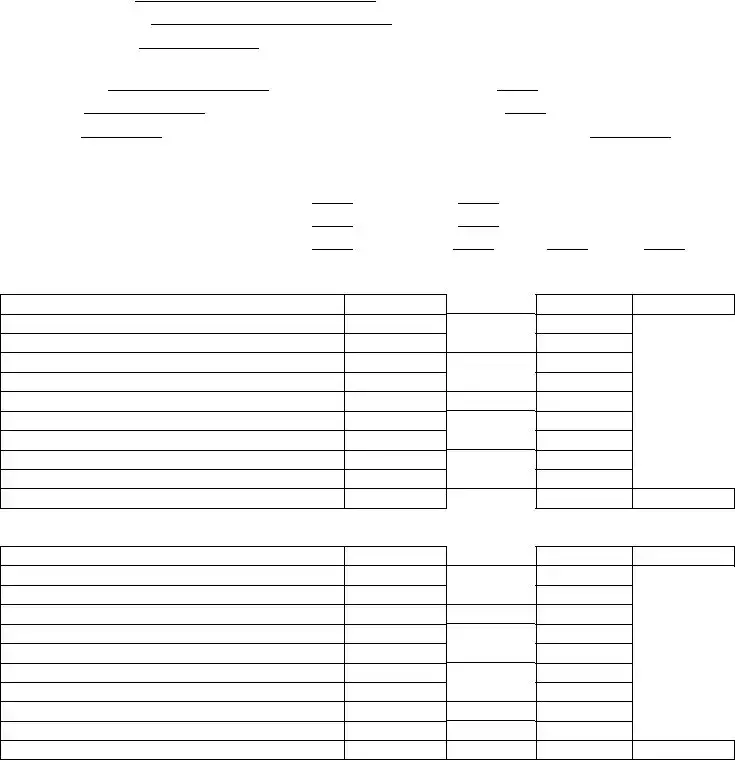The High School Diploma is a document that certifies a student has completed their secondary education. Similar to a transcript, it provides a formal acknowledgment of academic achievement. Both documents serve as essential proof of education when applying for jobs or further education. While the diploma signifies completion, the transcript details the courses taken, grades received, and overall academic performance throughout high school.
The College Transcript is another document closely related to the High School Transcript. It reflects a student's academic record during their time at a college or university. Like the high school version, it includes course names, grades, and credits earned. Both transcripts are vital for transferring schools or applying for graduate programs, as they provide a comprehensive overview of a student’s academic journey.
The GED Certificate serves a similar purpose for individuals who did not complete high school. It verifies that a person has achieved a level of education equivalent to a high school diploma. Just like a transcript, it can be used to apply for jobs or further education. It shows that the individual has successfully passed the necessary tests, demonstrating their knowledge and skills comparable to high school graduates.
The Report Card is another document that shares similarities with the High School Transcript. It typically provides a summary of a student's academic performance over a specific period, such as a semester or school year. While a transcript offers a comprehensive overview, a report card breaks down grades by individual subjects, allowing for a more focused assessment of a student's strengths and weaknesses during that time frame.
The Academic Record is a broader term that encompasses various documents, including transcripts and report cards. It provides a complete history of a student’s academic achievements. Similar to a high school transcript, it may include courses taken, grades, and attendance records. This document is often required for college applications and helps institutions assess a student's educational background in detail.
For families considering alternative education methods, the Colorado Homeschool Letter of Intent is an essential document that signals the transition to homeschooling. This form informs local educational authorities of a parent's decision to educate their child at home, ensuring adherence to state regulations. The process can be further facilitated by utilizing available resources, such as Colorado PDF Forms, which offer convenient access to necessary paperwork.
The Certificate of Completion is issued to students who have completed a specific educational program but may not have fulfilled all the requirements for a diploma. Like the high school transcript, it serves as proof of educational achievement. This document is particularly useful for students who have taken alternative paths, providing evidence of their accomplishments and readiness for the workforce or further education.
The Letter of Recommendation often accompanies a transcript when applying for colleges or jobs. While it is not a formal academic record, it provides insight into a student's character and abilities. This letter can highlight specific achievements or qualities that a transcript may not fully convey. Together, they create a more complete picture of a candidate’s qualifications and potential.
The Personal Statement or Statement of Purpose is a document that outlines a student's goals and motivations. While it differs from a transcript in content, it complements it by providing context. This narrative can explain a student’s academic journey, addressing any challenges faced or unique experiences. It helps admissions committees or employers understand the individual behind the grades, making it an essential component of applications.


